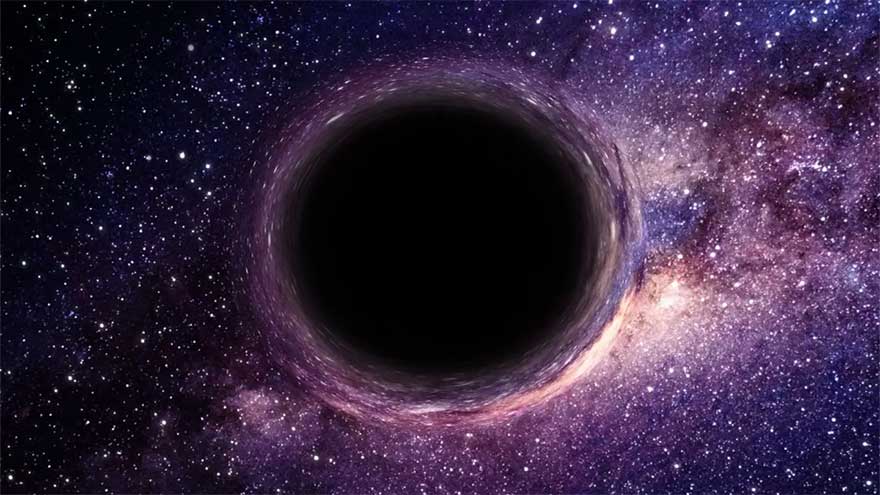Astronomers May Have Found a Rare ‘Missing Link’ Black Hole in Distant Galaxy

A potential breakthrough in black hole research may finally shed light on one of the universe’s most elusive mysteries: the existence of intermediate-mass black holes.
Astronomers, using data from NASA’s Hubble Space Telescope and the Chandra X-ray Observatory, have identified a powerful X-ray source in the outer region of a distant galaxy—a discovery that could mark the detection of a rare intermediate-mass black hole (IMBH), long considered the missing link between stellar and supermassive black holes.
The object, dubbed NGC 6099 HLX-1, is situated about 40,000 light-years from the centre of its host galaxy, NGC 6099, located roughly 450 million light-years away in the constellation Hercules.
What Makes HLX-1 So Special?
Most galaxies are known to host supermassive black holes at their cores—cosmic giants that weigh millions or even billions of times more than our Sun. At the other end of the scale are stellar-mass black holes, born from the collapse of dying stars and usually no more than a few dozen solar masses.
But what lies between? That’s where intermediate-mass black holes come in—and they’ve remained notoriously hard to find.
“Intermediate-mass black holes have been the missing piece in our understanding of black hole evolution,” explained Dr. Roberto Soria, co-author of the new study and an astrophysicist at the Italian National Institute for Astrophysics (INAF). “They are too small to shine like supermassive black holes but too big to be born from a single star’s death.”
A Rare Feeding Frenzy
What tipped off scientists to HLX-1’s presence was an unusual X-ray flare—a sign that the black hole may have been feeding. This rare phenomenon, known as a tidal disruption event (TDE), occurs when a black hole rips apart a star that passes too close. The shredded stellar material then spirals inward, heating up and emitting powerful X-rays in the process.
Chandra first detected this X-ray source in 2009. The flare’s brightness dramatically increased by 2012—surging to nearly 100 times its initial intensity—before gradually fading again. These variations closely align with patterns expected from a black hole consuming stellar material.
“HLX-1 could be an intermediate-mass black hole caught in the act of feeding,” said Dr. Soria. “But now we need to observe whether it flares again or slowly fades into the background. That will tell us more about how it behaves—and how long it can stay active.”
Why It Matters
If confirmed, HLX-1 would be one of the strongest candidates yet for an intermediate-mass black hole. Its discovery could offer vital clues about how such objects form and evolve—and how they may eventually grow into the supermassive black holes that dominate the centres of galaxies.
It may also help answer bigger questions about galaxy formation itself. Many astronomers believe that IMBHs could act as ‘seeds’ for galaxy cores, gradually accumulating matter over billions of years to become the cosmic titans we see today.
What’s Next?
Astronomers plan to continue monitoring HLX-1 using space-based observatories like Chandra, Hubble, and ESA’s XMM-Newton to track any future flaring activity. If the object lights up again, it could provide the missing evidence needed to confirm its true identity.
“This is the kind of black hole that bridges the gap between the known and the unknown,” Dr. Soria added. “Finding more of them is like unlocking the fossil record of our universe.”


















